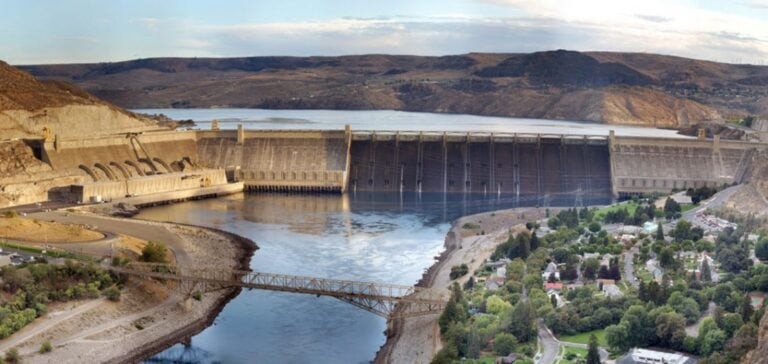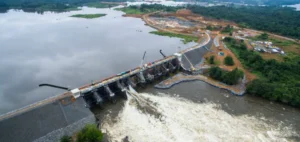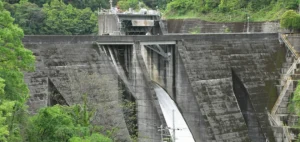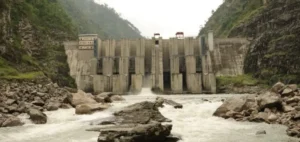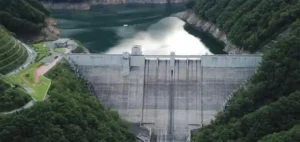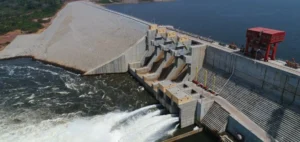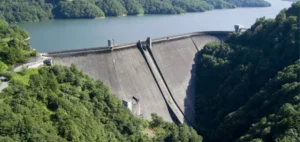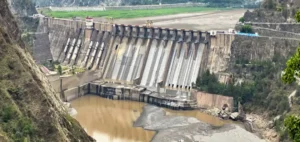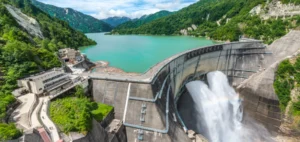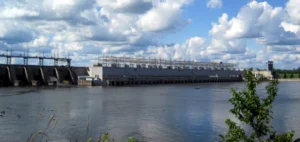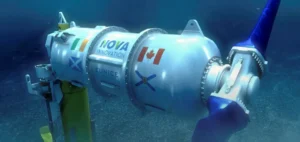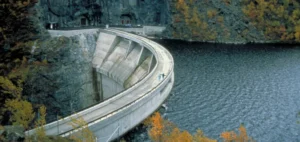In March, dry and warm weather conditions caused early snowmelt in the lower and middle elevations, resulting in lower water resource forecasts for several hydroelectric plant reservoirs, according to Henry Pai, senior hydrologist at the Northwest River Forecast Center. The center forecasts major deficits for May, June and July until basic summer conditions are reached.
Precipitation problems
The lack of precipitation in March prevented snow accumulation in some areas, limiting reservoir recharge. The “snow pillows”, which measure the water content of snow, did not reach the expected levels. Cumulative precipitation to date is geographically stratified, with significantly below-normal conditions in the mountainous north.
Specific conditions and hydroelectric generation
The Dalles Dam station, which serves as a barometer for hydrological conditions in the region, shows a water supply forecast at 81% of normal for the period April to September. This could lead to a reduction in hydroelectric production, affecting availability for exports to neighboring regions.
Despite a less favorable hydroelectric outlook, electricity futures were down on the previous year, partly due to weaker gas forecasts and expected milder weather. The likelihood of above-normal temperatures for most of the West, except for southern California and parts of the desert southwest, is higher, according to the National Weather Service’s Climate Prediction Center.


